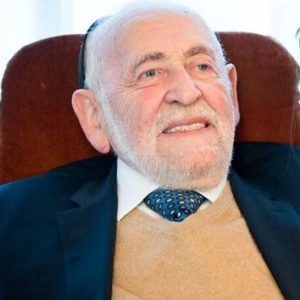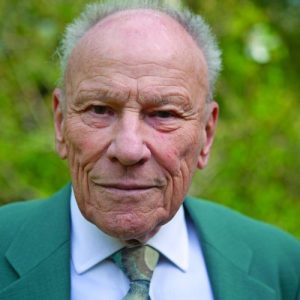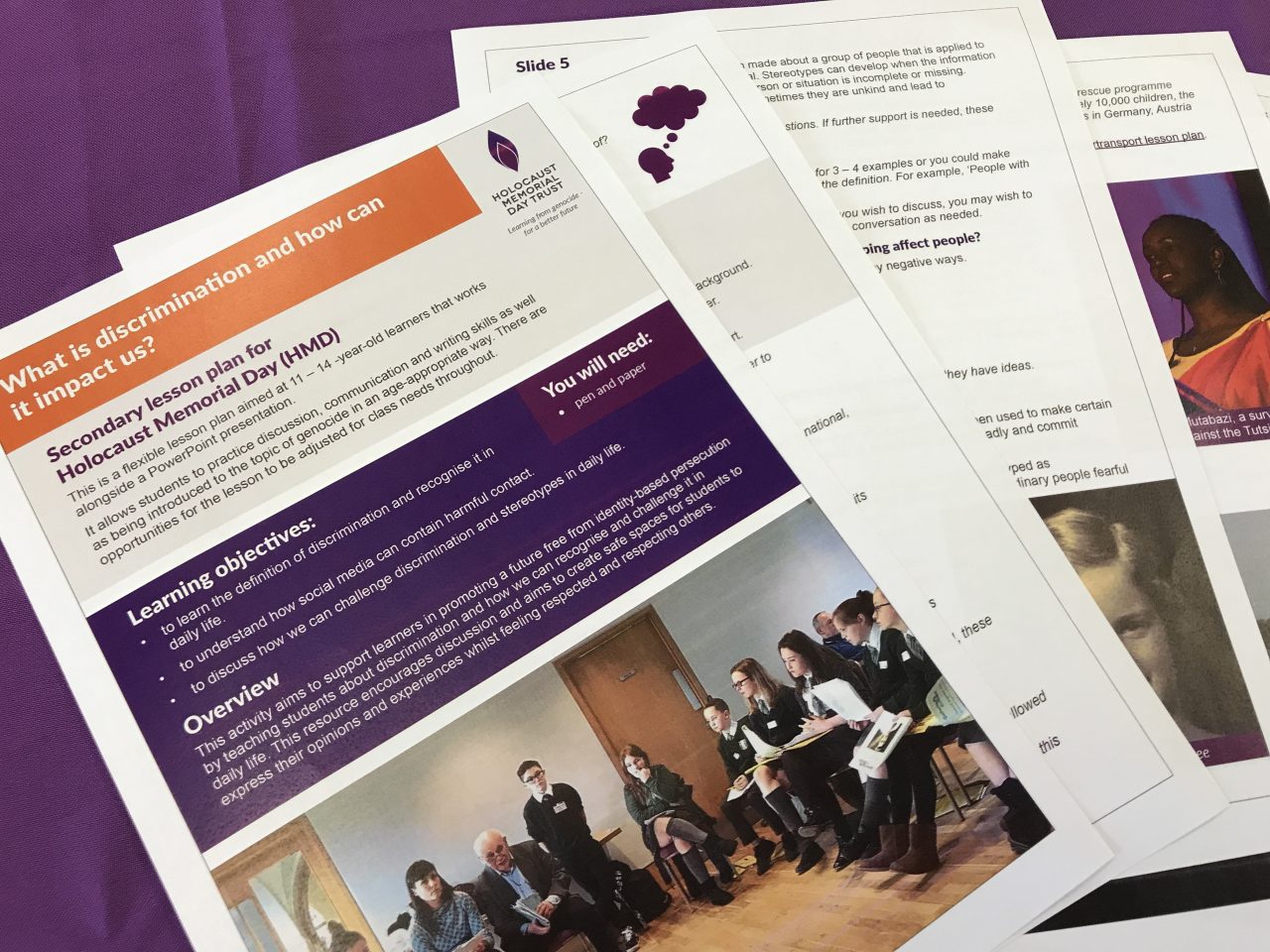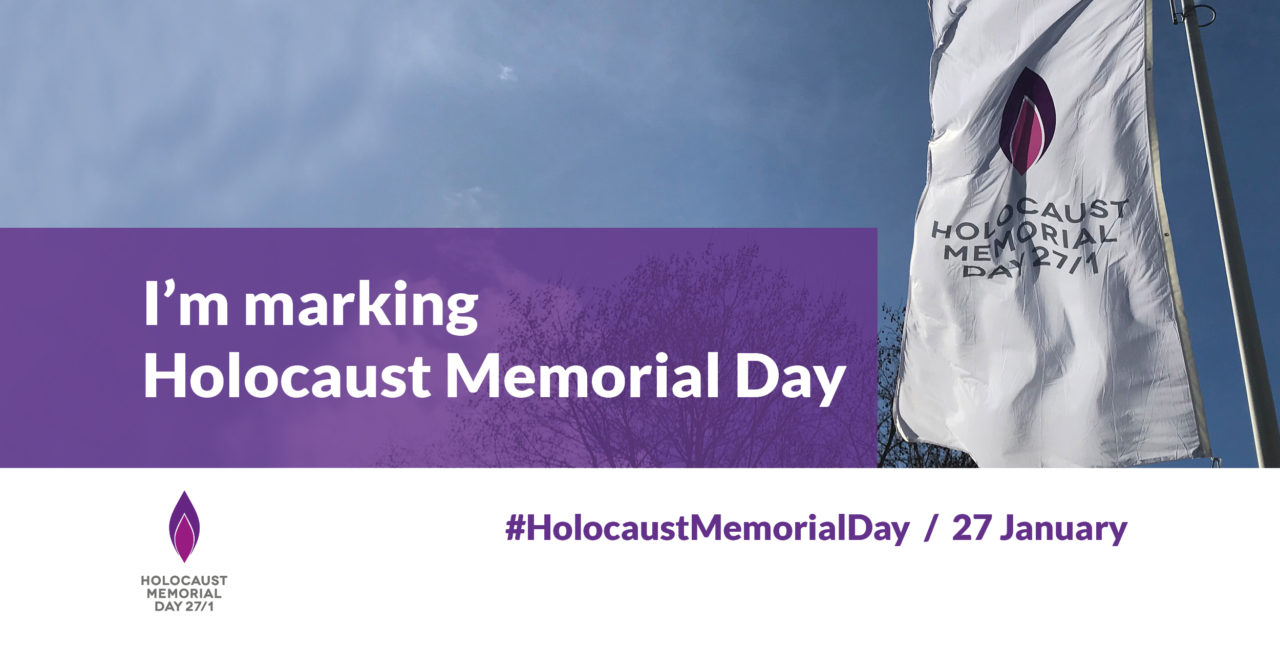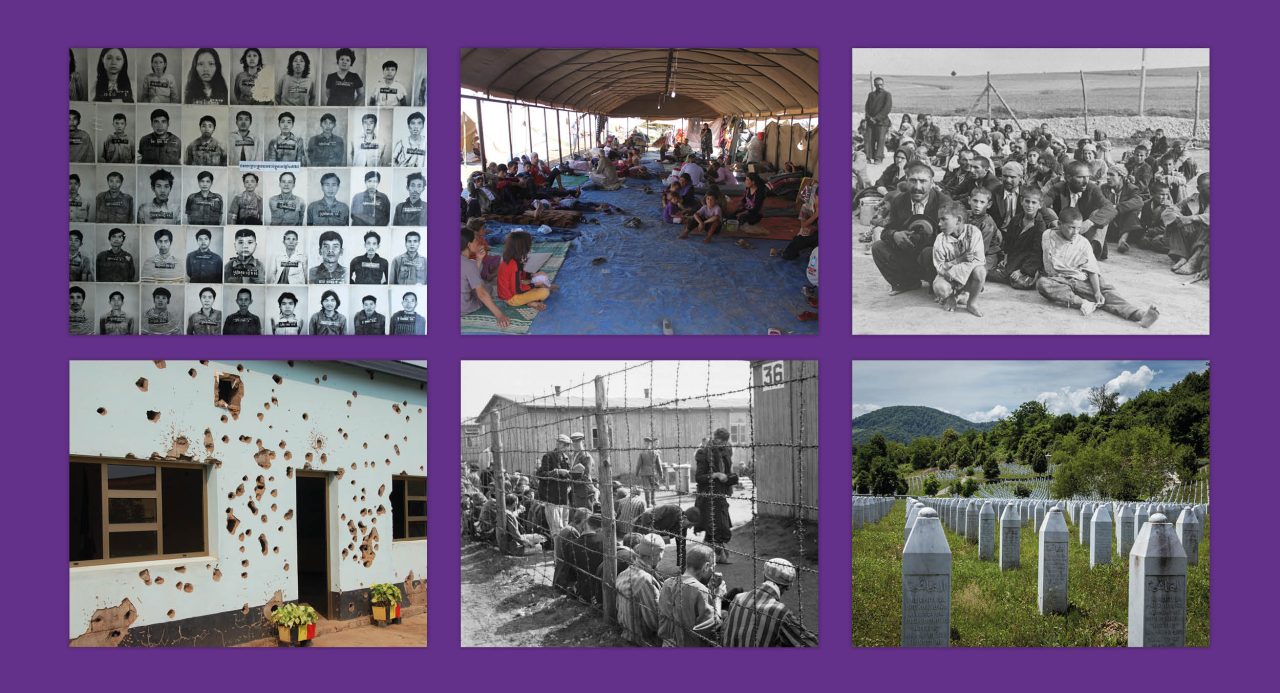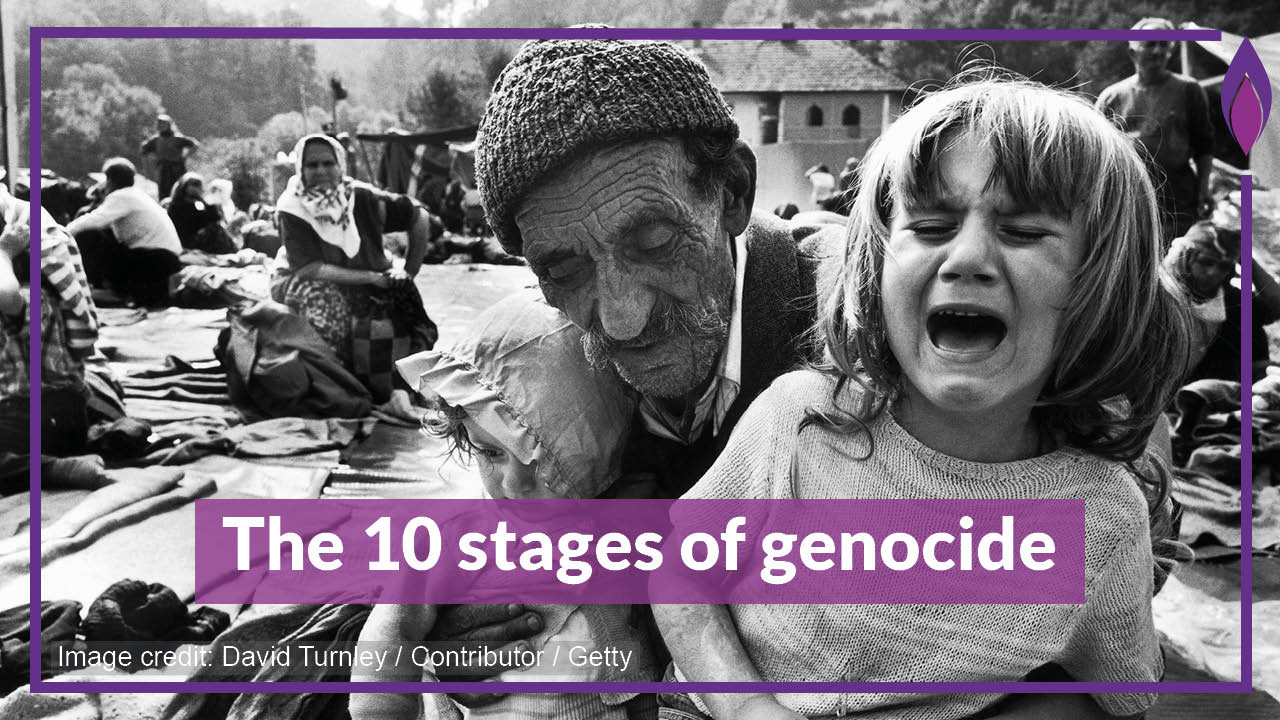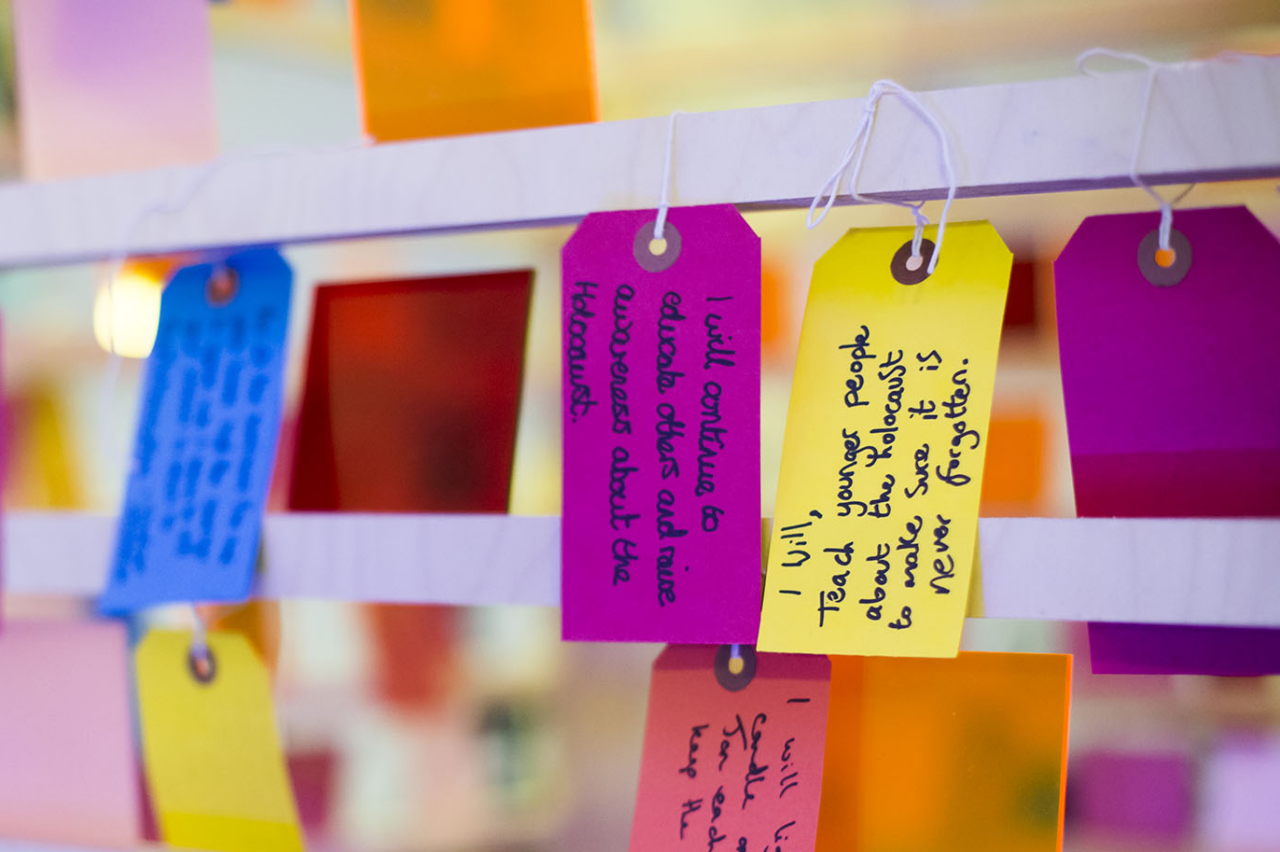
Support our work
By donating you can help us commemorate the memory of the six million Jews and other groups who were murdered by the Nazis in the Holocaust, educate about the danger of discrimination and persecution, and engage future generations to prevent the spread of hatred.




